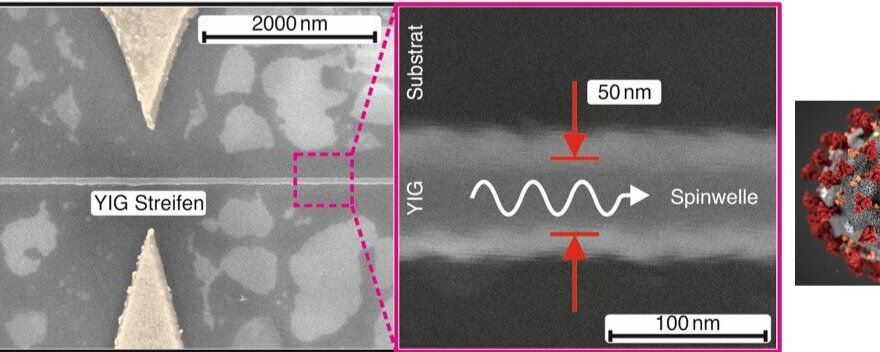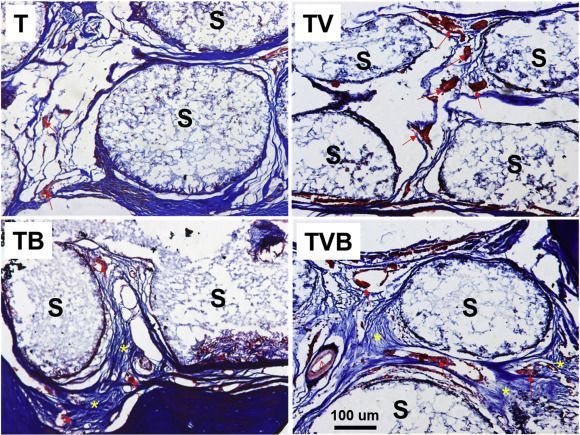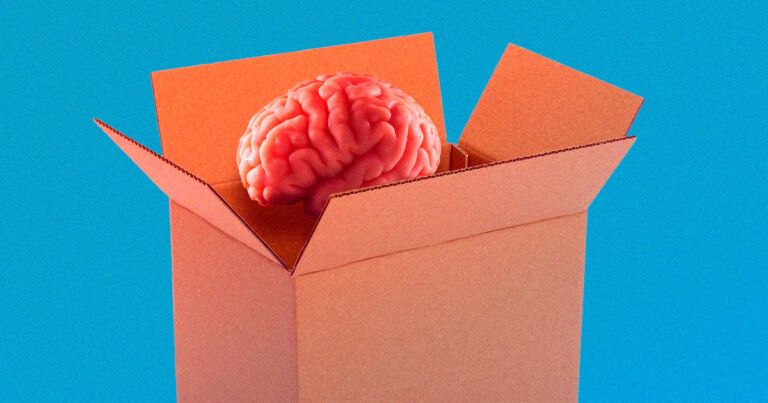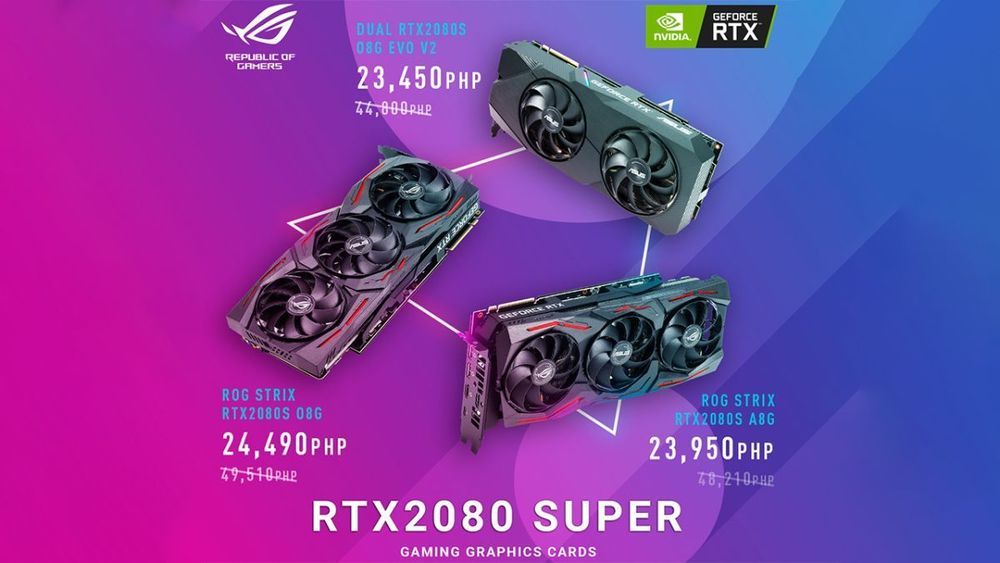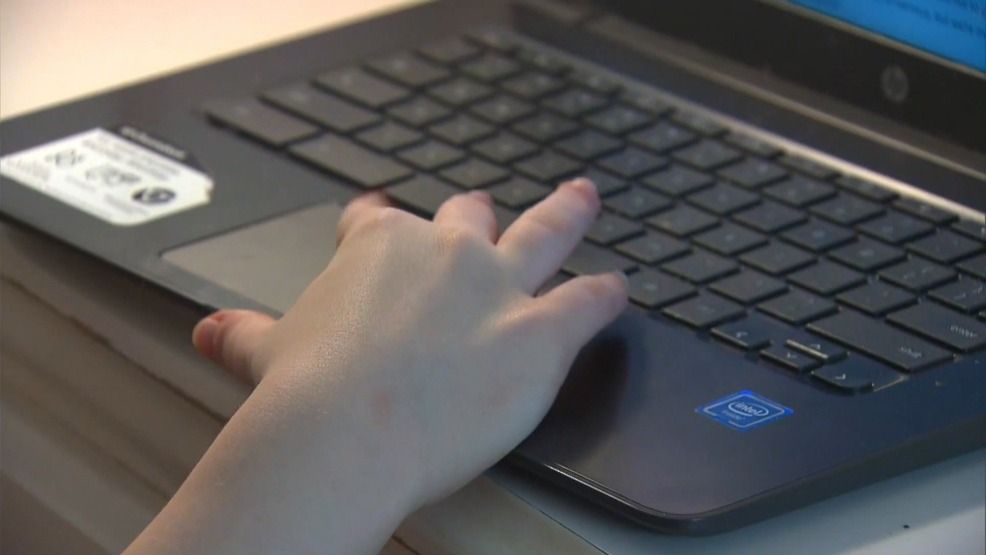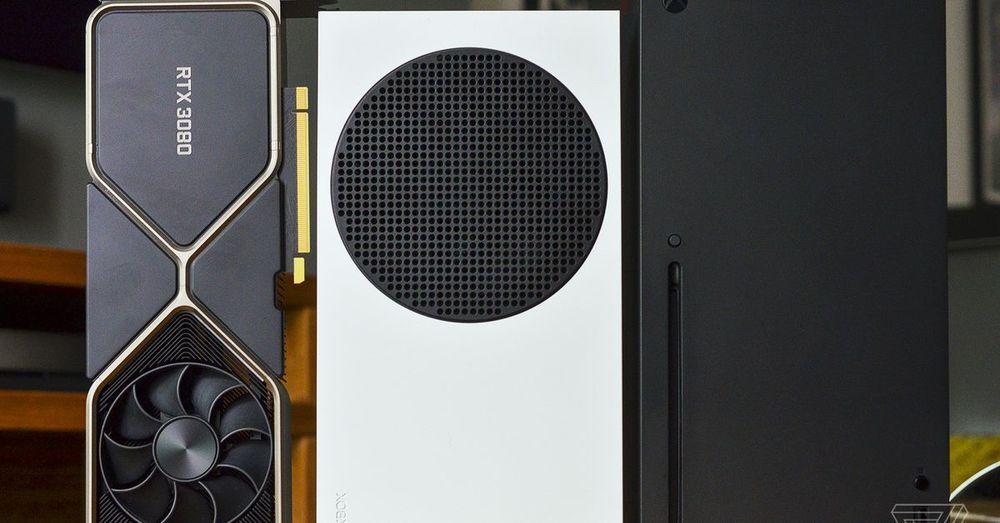Sep 11, 2020
Microsoft wants to take on Amazon in connecting satellites to the cloud
Posted by Malak Trabelsi Loeb in categories: computing, satellites
The FCC authorized Microsoft to perform proof-of-concept demonstrations of a service that would connect its cloud computing service Azure with a ground station the company proposed to build.
“If the demonstrations result in significant market interest, Microsoft will file an application for regular earth station authority with the International Bureau (IB) to support future commercial operations,” the company wrote in the filings.
The company’s strategy will put it in competition with Amazon, which in November 2018 launched its similar AWS Ground Station service.
Continue reading “Microsoft wants to take on Amazon in connecting satellites to the cloud” »

